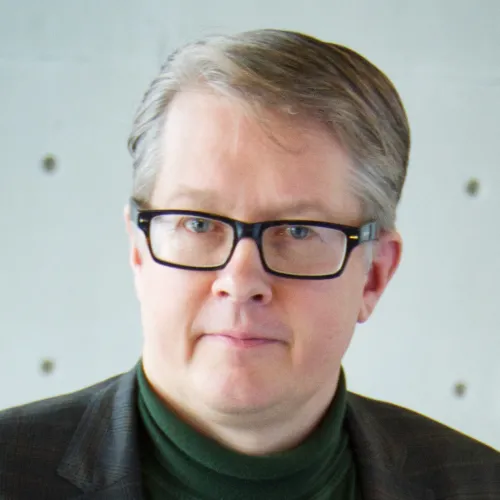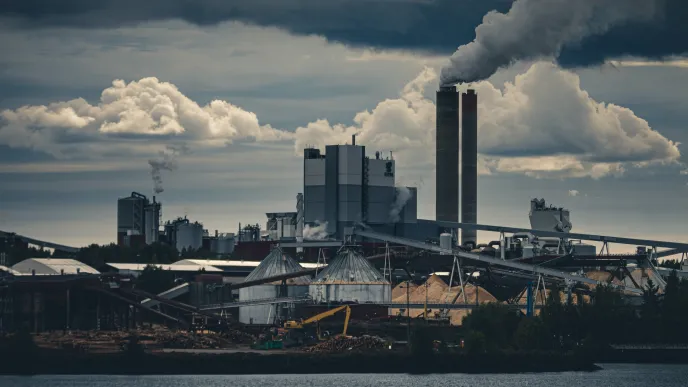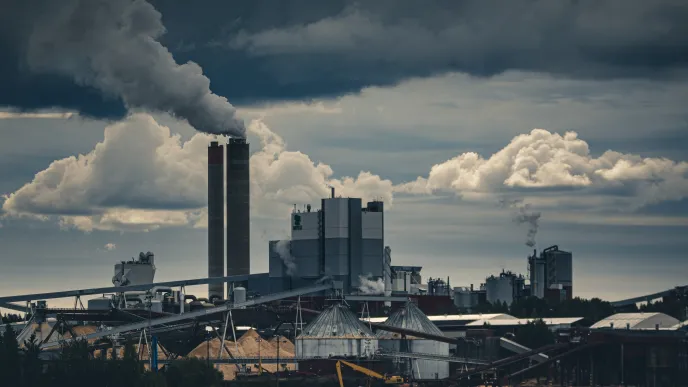The energy company Fortum organized the FoRCe Fortum Research Challenge for universities and research institutes earlier this year. Its aim was to find sustainable solutions for a cleaner world. The grand prize of the competition went to LUT University’s Project Researcher Soheil Aghajanian for his idea for carbon capture, recovery and further processing.
In his award-winning research, Aghajanian examined how recovered carbon dioxide could be processed into calcium carbonate through a crystallization reaction.
“The crystallization process of my innovation is easily controllable and creates high-purity solid particles. The produced particles do not need further processing and are readily marketable,” Aghajanian explains.
Aghajanian’s research was a continuation of a hollow-fiber membrane study that was initially started by LUT University’s Post-doctoral Researcher Harri Nieminen, who examined the topic area in his doctoral dissertation in 2020. Aghajanian pursued the topic in his own dissertation in terms of the research and development of further processing equipment.
The process utilizes hollow fiber membrane technology for carbon dioxide capture. The integrated pilot plant developed during the research work can later be applied to different carbon dioxide recovery processes, such as the purification of industrial flue gases.
”Calcium carbonate has several industrial applications. For instance, it is used in the food and pharmaceutical industries, to put out fires, as a filler, and in the manufacture of white paints and electrical cables,” Aghajanian lists.
The research team is headed by Professor Tuomas Koiranen. Professor Koiranen says the aim is to utilize Aghajanian’s innovation for purposes such as carbon dioxide capture and utilization.
The technique could help decrease the carbon dioxide emissions of urban environments and possibly also industrial flue gases.
”We are planning to test the process equipment at different locations. It could directly slow down global warming,” Koiranen states.
More information:






